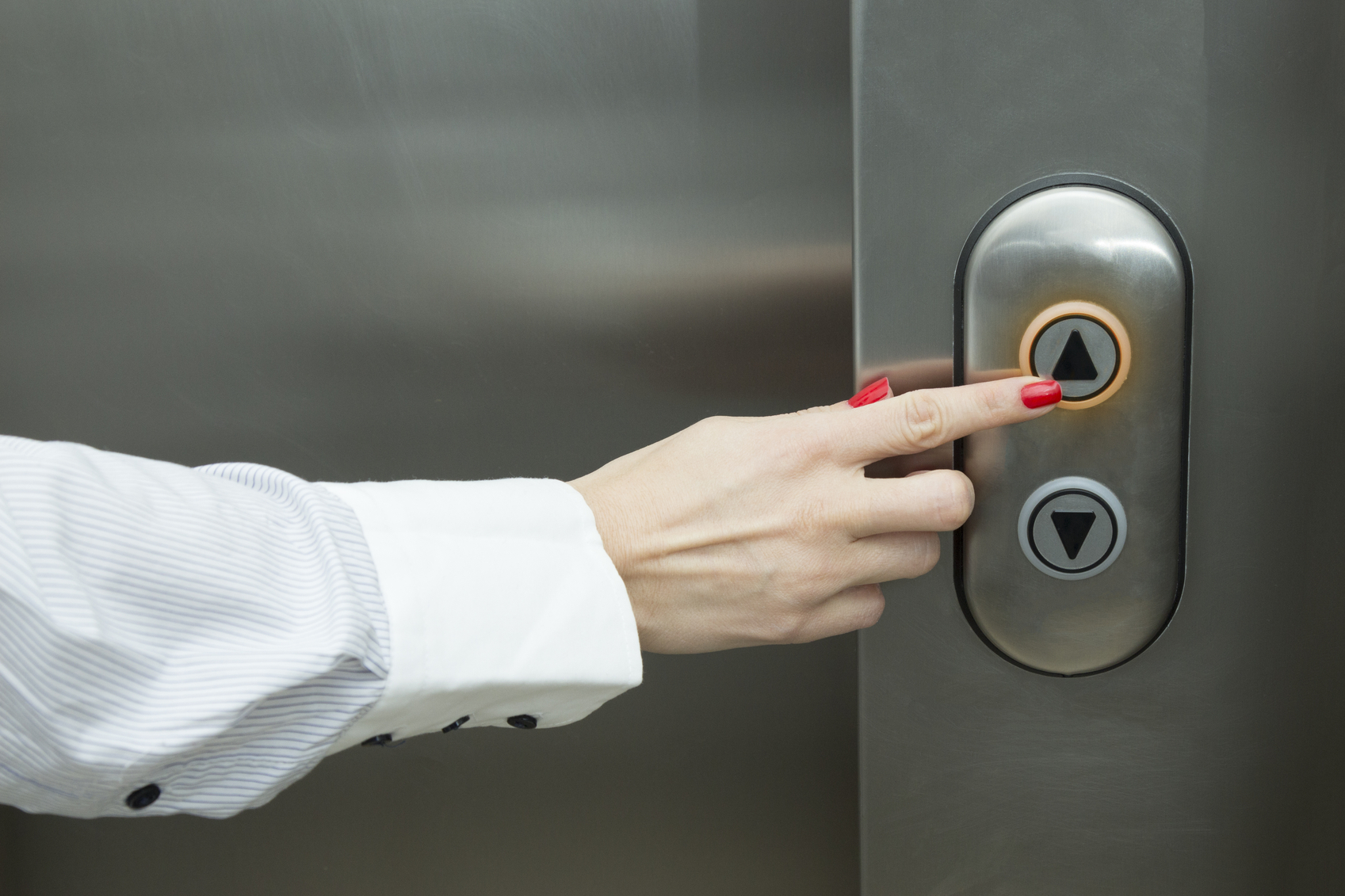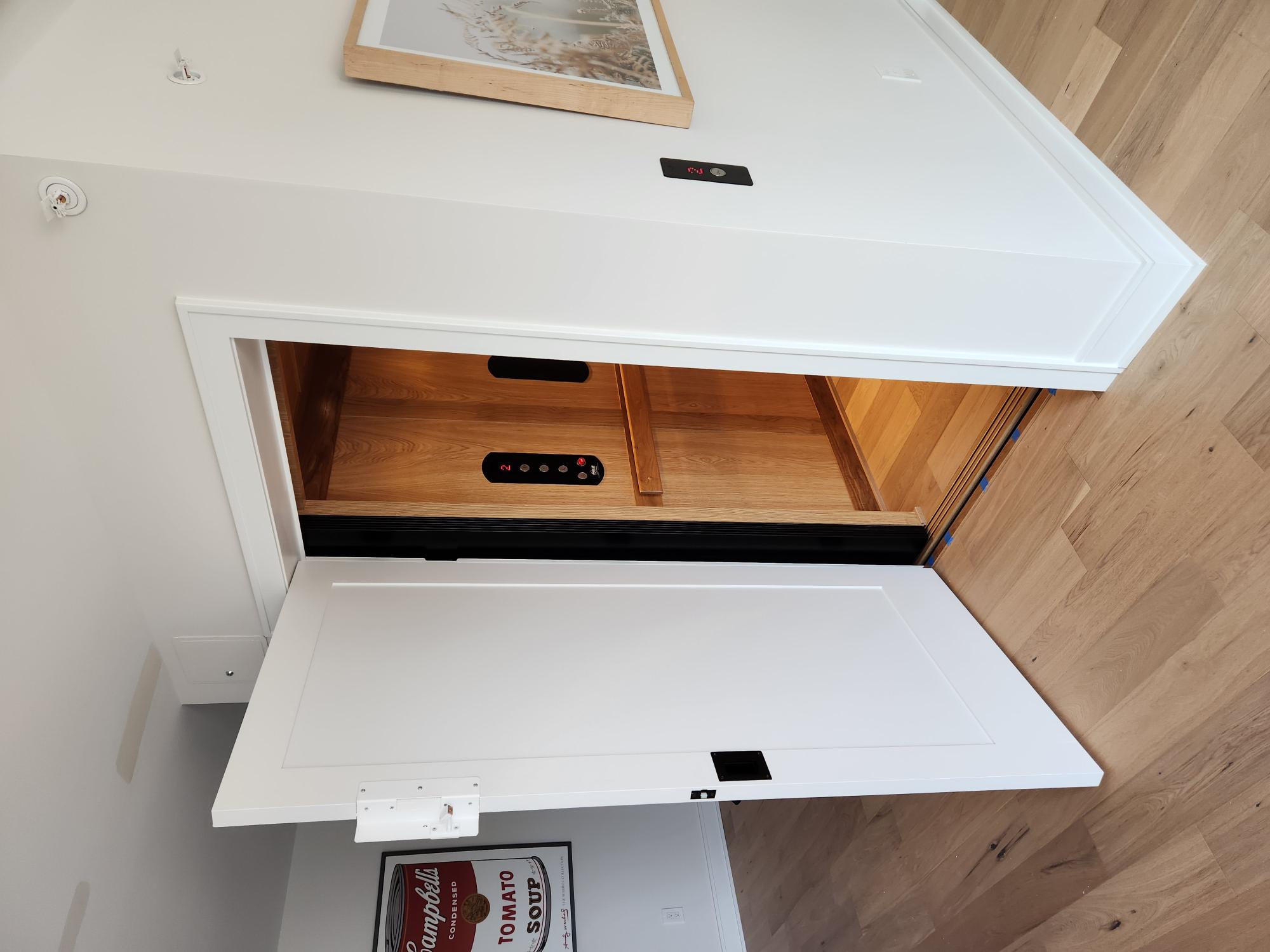We Maintain Lifts to the Highest Standards: Reliable Solution for All Lift Kind
We Maintain Lifts to the Highest Standards: Reliable Solution for All Lift Kind
Blog Article
Delving Into the Globe of Elevators: Typical Problems Dealt With by Various Lift Devices
As we browse through the vertical transportation systems of contemporary buildings, elevators stick out as an indispensable element of our every day lives. However, behind their smooth operation lies a globe of elaborate devices that can occasionally run into difficulties. From hydraulic lifts to traction systems and machine-room-less styles, each lift kind includes its collection of common problems. Recognizing these challenges is critical for guaranteeing the smooth performance of these important systems. Let's discover the intricacies that underlie the operation of elevators and the possible problems that can arise, clarifying the detailed web of lift mechanisms.
Hydraulic Lifts
Hydraulic lifts, frequently chosen for low-rise structures, make use of fluid stress to control the movement of the lift automobile (lift repair companies). This system entails a hydraulic pump pushing oil into a cylinder, creating the lift to relocate the wanted instructions. While hydraulic lifts are recognized for their smooth and silent operation, they do include their very own collection of typical problems
One widespread trouble with hydraulic lifts is oil leakage. The seals in the hydraulic system can wear in time, resulting in oil seepage. If left unaddressed, this not just produces a mess however can likewise impact the elevator's performance. In addition, concerns with the control system, such as defective shutoffs or a malfunctioning pump, can trigger interruptions in the lift's motion.
Regular maintenance and timely repair work are important to guarantee the smooth functioning of hydraulic lifts. By attending to these usual problems proactively, structure owners can lessen downtime and make sure the security and efficiency of their upright transport system.
Traction Lifts
When taking into consideration vertical transport systems in structures, one more typical type besides hydraulic elevators is the grip elevator. Grip lifts run utilizing a system of ropes and counterweights that move the lift cars and truck by grasping onto the hoist ropes. This mechanism permits for smoother and faster upright transportation contrasted to hydraulic systems.
One of the usual issues encountered by traction lifts is rope wear. The constant motion of the ropes within the traction system can cause tear and use over time, possibly causing the elevator to breakdown or end up being unsafe for use. Normal evaluations and maintenance of the ropes are important to guarantee the elevator's correct functioning and safety and security.
One more concern that traction lifts may run into is associated to the control system. Problems with the control system can bring about concerns such as irregular motion, hold-ups in response times, or perhaps full shutdowns. Regular screening and upkeep of the control system are essential to avoid such issues and make sure the lift's reliability.
Machine-Room-Less (MRL) Elevators

One of the vital elements of MRL elevators is the small gearless traction equipment that is set up within the hoistway. This equipment effectively drives the elevator car without the demand for bulky tools found in typical grip lifts. Furthermore, MRL elevators typically utilize a counterweight system to stabilize the automobile, further boosting their energy performance.
Despite their advantages, MRL lifts may deal with challenges connected to maintenance and repair work as a result of the constrained space for devices installment. Accessibility for servicing components within the shaft can be limited, calling for specialized training for technicians. Proper maintenance routines and routine examinations are crucial to guarantee the continued smooth operation of MRL lifts.
Overloading and Weight Restriction Issues
Overloading and weight restriction concerns are important worries in elevator operations. Lift suppliers layout raises with particular weight capabilities to guarantee traveler safety and equipment long life.
When elevators her comment is here are overwhelmed, it puts excessive pressure on the electric motor, cables, and various other parts, possibly creating breakdowns or failures. If they spot excess weight, safety mechanisms such as sensors and overload sensors are in location to prevent lifts from moving. Furthermore, exceeding weight restrictions can result in raised energy intake and wear and tear on the lift system.
To mitigate overwhelming issues, developing supervisors ought to plainly display weight restrictions in elevators and inform occupants on the value of adhering to these limitations - lift repair companies. Normal maintenance checks by certified technicians can likewise aid make sure that lifts are operating within risk-free weight criteria. By dealing with overloading and weight restriction issues proactively, building proprietors can enhance lift safety and security and effectiveness
Electrical System Failures
Going beyond weight limits in elevators can not just lead to mechanical problems yet also potentially add to electric system failures within the lift framework. Electrical system failings are a vital problem in elevator procedure, as they can cause unanticipated shutdowns, malfunctions, or perhaps safety threats. One typical electric problem is the overheating of elements as a result of excessive present circulation caused by overwhelming the lift past its capacity. This can cause harm to the electric motor, circuitry, or control systems, resulting in costly repair services and downtime.
Furthermore, power surges or fluctuations in the electrical supply can also disrupt the elevator's procedure, influencing its efficiency and safety and security. These electric disruptions can harm sensitive lift elements such as control panels, circuit boards, or sensors, causing system failings. Routine maintenance and examinations are my company vital to determine and deal with potential electric issues without delay, making sure the effective and secure procedure of lift systems. By adhering to disabled platform lifts prices uk weight limits and carrying out regular electrical system checks, building proprietors can reduce the threat of electrical failings in elevators.
Verdict

Hydraulic lifts, typically preferred for low-rise structures, use fluid pressure to manage the motion of the elevator auto.When considering upright transportation systems in structures, one more common kind aside from hydraulic lifts is the traction lift. Grip elevators run utilizing a system of ropes and counterweights that relocate the lift vehicle by gripping onto the hoist ropes. Unlike conventional elevators that require a separate maker room to house the tools, MRL lifts integrate most of the components within the shaft, getting rid of the need for a committed equipment area.In final thought, elevators encounter common problems such as hydraulic malfunctions, grip system failures, and electrical system issues.
Report this page